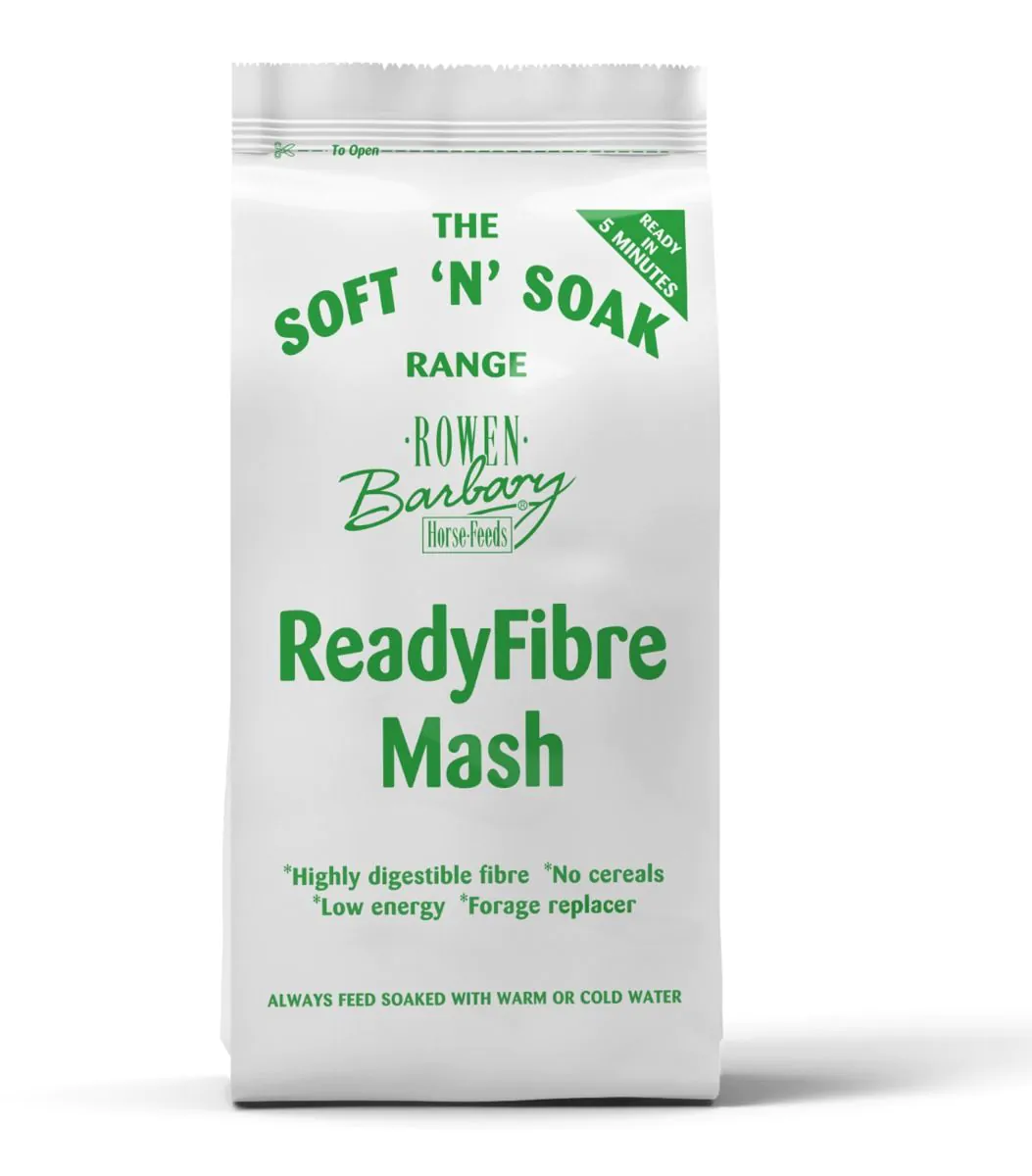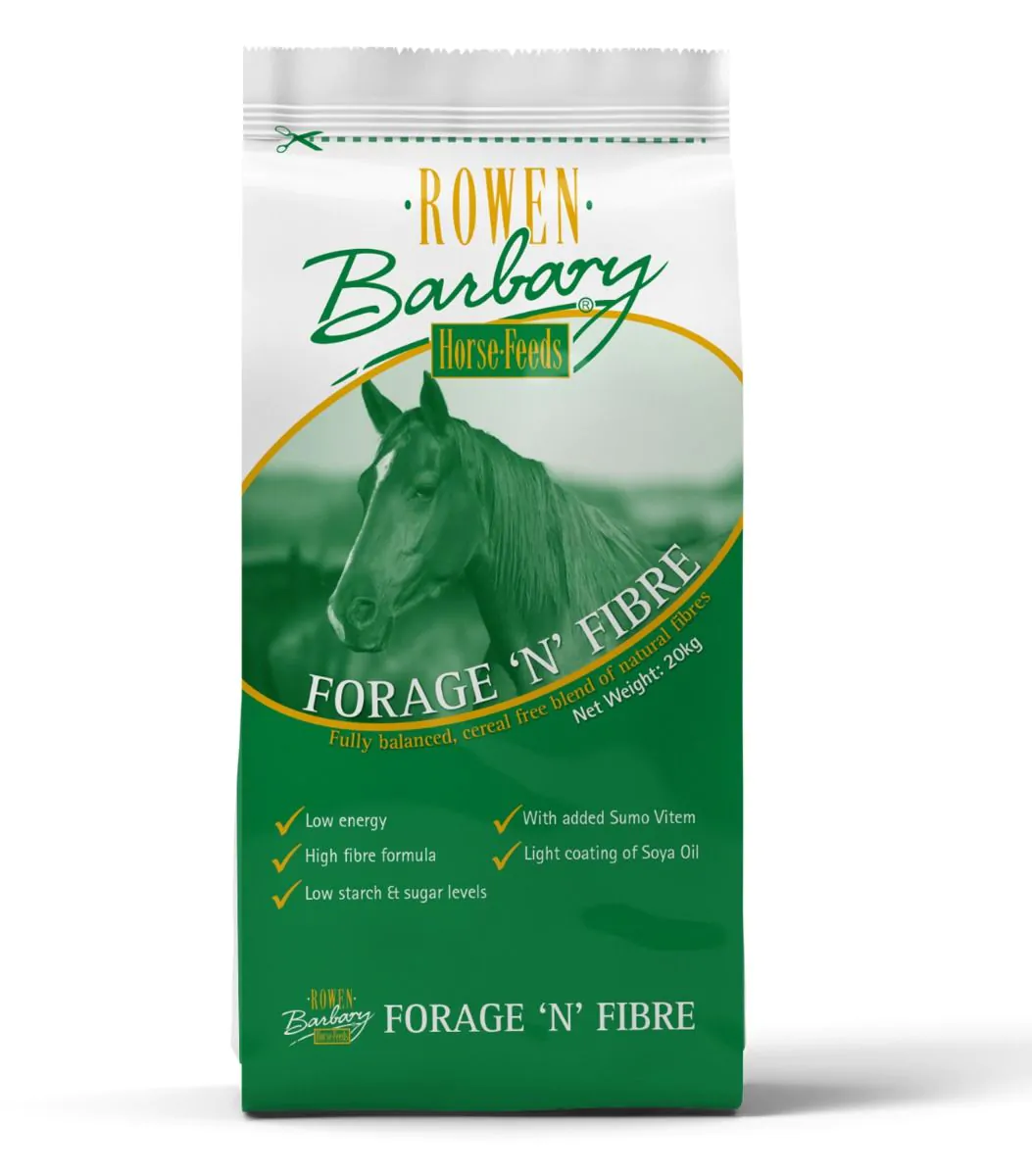- 23rd August 2019 by Rowen Barbary
Feeding Hay Replacers
Feeding Hay Replacers
If your horse is starting to struggle to chew and digest the coarse fibres of hay it is important to supply another source of nutrients, especially during the winter months when grass is limited. Symptoms of teeth problems include laboured chewing, quidding where horses will often drop half chewed food and loss of appetite. If you have noticed that your horse has any of these symptoms it is important to first get your Equine Dental Technician to examine the horse and to introduce hay replacers into the diet.
The choice and availability of hay replacers has grown significantly over the last few years with advancing technology. There are many options available on the market to help increase the fibre content of the horses diet including short chopped chaffs, sugar beet, grass nuts, alfalfa pellets and specially formulated soaking feeds.
By using a specifically formulated hay replacer you can ensure that your horse is receiving a set level of nutrients, with the high quality not altering with the seasons. It should provide your horse with the high fibre levels similar to that in hay, but should be easy for your horse chew and swallow. Feeds designed to be fed soaked as a soft textured mash are very palatable for horses with poor dentition and are also an excellent way to help maintain ample water intake.
Ideally a hay replacer should be divided into several small meals fed throughout the day. These meals can be split between 2 - 3 large buckets and left with the horse to graze with either in the field or stable. If your horse shares a field with a companion it is recommended that the field is sectioned off so only the horse that requires the hay replacers has access to it.
It is not just veterans that require hay replacers, they can also be beneficial to horses recovering from an injury that require a feed that is easy to chew and swallow, horses requiring a diet that is sympathetic on the digestive system, fussy feeders and they can also be used to help increase the fibre content of the diet when other fibre sources are not available.

About Rowen Barbary
All manufacturing at Rowen Barbary is carried out in a state of the art mill located in the heart of the Shropshire countryside. We use only the highest quality ingredients sourced, where possible, from local farms before they are blended by our dedicated team in our UFAS audited mill.
Rowen Barbary also conforms to BETA NOPS guidelines with raw materials & finished feeds regularly laboratory tested to ensure that every bag of feed continues to meet not only ours, but also your high standards.
We Recommend...



